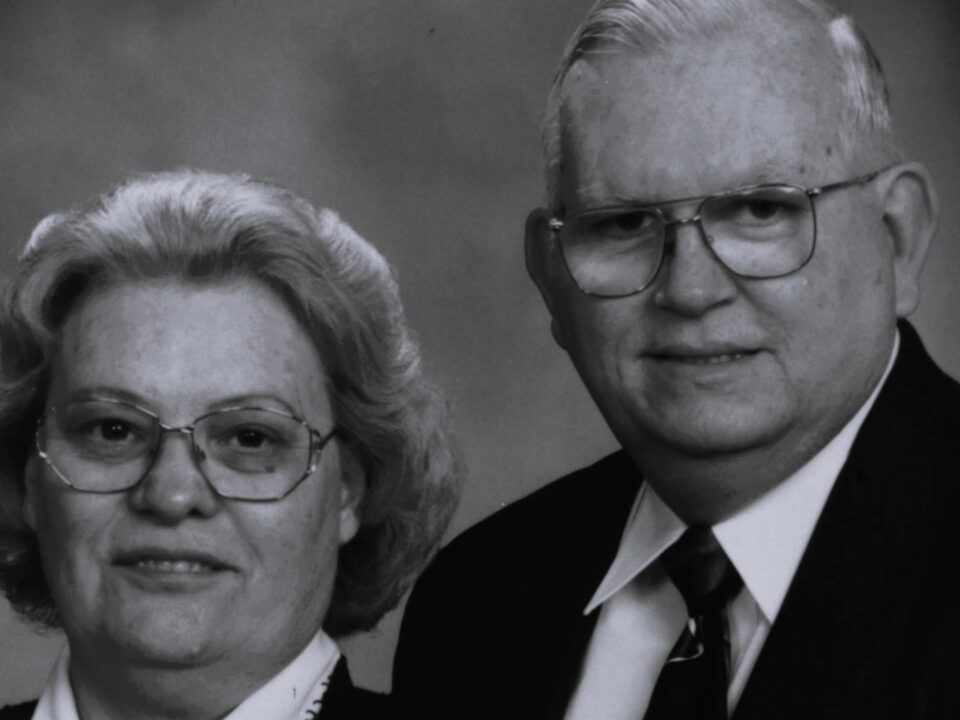3 Simple Rules | Videos with Impact
We are about to get real! Making a video with impact requires the right content. If you haven’t read Your Story and Shoot Video, start there. They are two articles where I aired some grievances and tried to help change the way we think about missionary videos. Videos are moving images and the reaction to them should be–well–moving. The right shot should invoke a response. Hopefully to move the viewer to pray, give, and go.
Before we get into “what to capture,” I feel it is necessary to lay down some simple rules that will provide a much fuller shot.
Simple Rule 1 – Follow the Rule of Thirds
Click here for a good video that explains the Rule of Thirds. In short, it’s the rule that puts the subject on a one-third line of your shot. Most cameras have an option for 3×3 grid lines that will show up on your image finder. Turn this on and it will make your life easier. Why is this important? When you apply this rule, you are telling a story that says you were there, setting the subject in a scene at a specific place and time (the background). If you don’t do this, and center the subject in the middle of the shot, you’re putting all the emphasis on the subject, which has a place in videography. However, when you’re shooting video of people on a mission field you want to show where they are, and the Rule of Thirds is a safe way to capture it. It is important because it gives context to the shot. If you’re shooting video of people in France and center the subject in the shot, how do you know they are French? One could assume they are American, robbing you of the authenticity you may be trying to achieve. So, if you’re trying to emphasize that you’re in Paris, capture the subject with the Eiffel Tower in the background or even a shop with French typography on their sign. Ultimately, you want to show this is a soul of a person in France–a good reason why authenticity is important, and this rule can help you achieve that. The Rule of Thirds draws the eye through the scene and provides context to the shot.
Simple Rule 2 – Get a Variety of Shots
No one will argue that a variety of shots of the same subject will make for a more interesting edit and result. First, capture a WIDE shot; it needs to be far enough away from the subject so you can see the surroundings. A wide shot of a church building would include the church structure, the street, and maybe even the neighbors of the church. Second, take a MEDIUM shot, it would mean going in a little closer to the subject to capture most of it, providing a little more detail. Finally, a CLOSE shot will go in even closer to draw attention to something specific, like the sign or people walking through the front door. I like to cut between two or three of these in my edit; it looks good, provides variety, and can give you a fuller shot by providing a lot of context. You are also managing what people are looking at, giving you a lot of control over the story. Always think WIDE, MEDIUM, and CLOSE when getting those clips.
Simple Rule 3 – Length of Shots
How long should the clips be? I’ll give you my opinion based on experience. When I edit a video I typically will use one-second, two-second, and four-second clips. Those shots vary based on the music and feel of the overall video. I want the music to enhance the video, and when the clip changes with the track it always looks better. Editing to music is so important, but that’s for another article. Now that you know that, DON’T JUST TAKE A FOUR-SECOND CLIP AND CALL IT GOOD. The more you practice, the better you’ll get at it, and the shorter the clip can be. But for now, when you hit that record button, try to get a steady ten-second clip. Ten seconds of wide, ten seconds of medium, and ten seconds of close, giving you 30 seconds of one subject. I know that’s a lot of video, but remember Google Photos is free. You can use it to store all the 1080p footage you want, or you can also invest in a solid state hard drive.
Follow these three simple rules to shoot video, and you’ll be well on your way to a better video.



